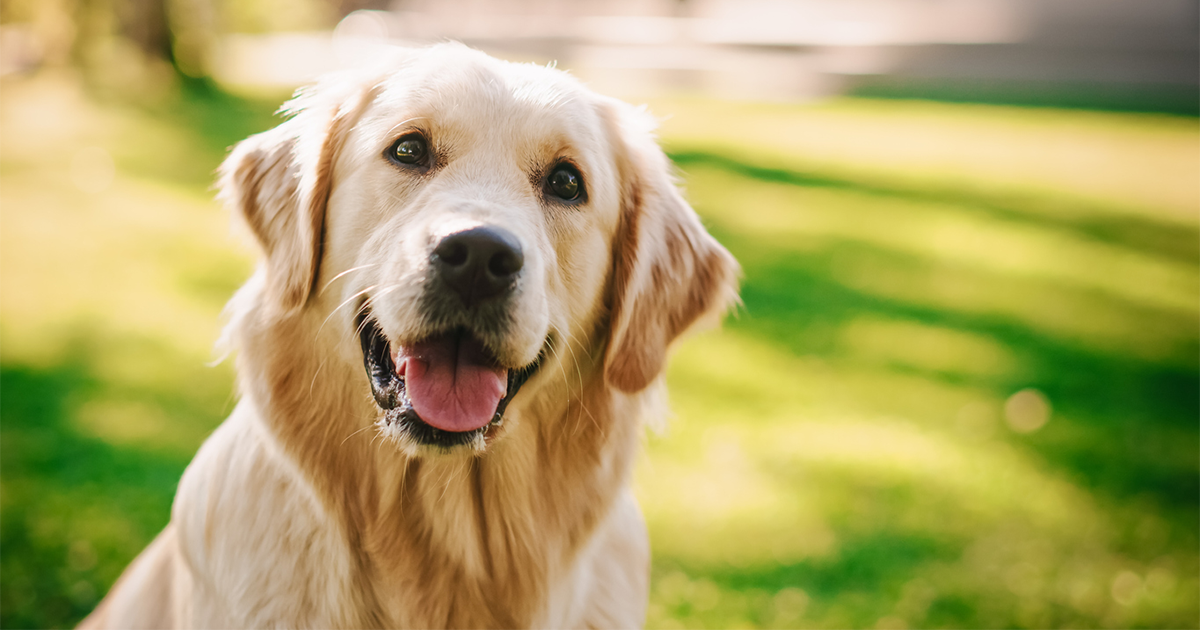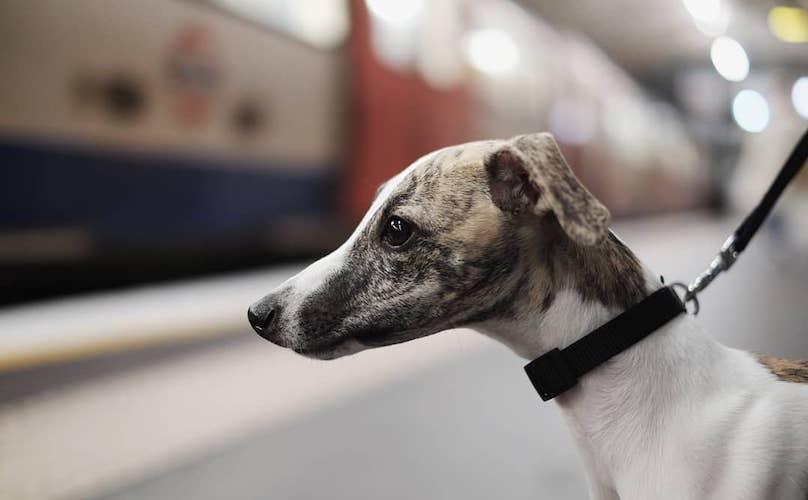Welcome to the BarkPost guide to dog breeds where we belly flop straight into the depths of dog breed origin, evolution, and purpose. Follow along each week as we publish new guides that highlight the strangest, most interesting, and most surprising stuff about these creatures who have been our best buds the last 30,000 years.
Intro / Overview
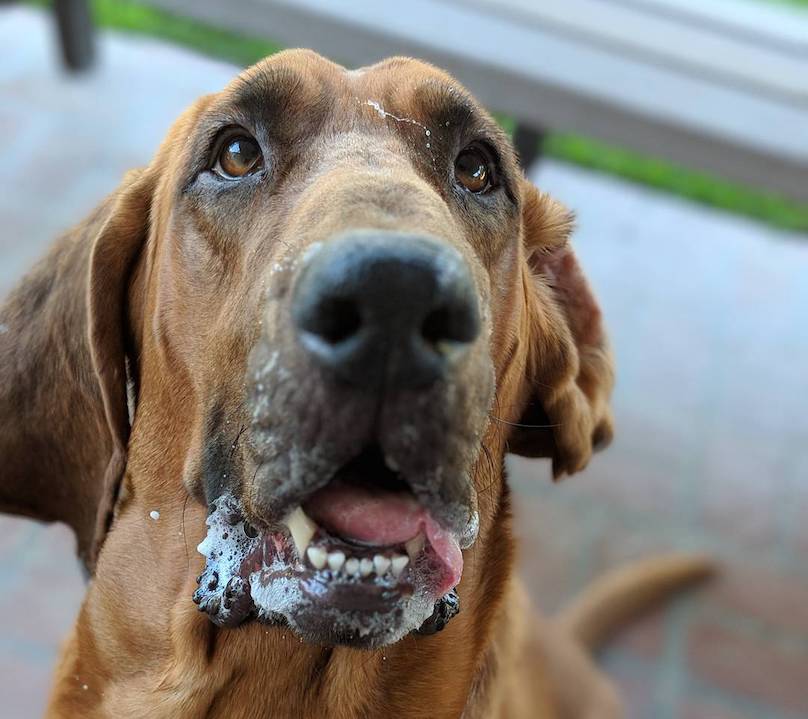

(All dogs are individuals, which means any single dog from any breed can be any number of ways, both good and not so good. Keep that in mind as we discuss breed generalities!)
The Bloodhound is a keen-nosed and long-jowled dog, originally used for hunting and scent tracking. Due to its mild-mannered nature, Bloodhounds are often kept as companion animals now. This gentle giant is no lap dog though. Without regular exercise and mental challenges involving their noses, Bloodhounds’ independent and determined characteristics can rise to the surface. In fact, this lovable pup has a reputation for being a bit of a troublemaker in the hands of an inexperienced human.
Still, for an outdoorsy person with a love of big dogs, the Bloodhound is a great choice of breed. Just don’t be fooled by their clumsy behavior, sunken eyes, and adorably droopy faces. Once this hound picks up on a scent, they often switch into a highly focused “go-get-’em” mode.
Also Known As…
Sleuth Hound. Big Sniffer. Chien de Saint-Hubert St. Hubert Hound. “The saddest looking dog in all of human existence!”
Origins
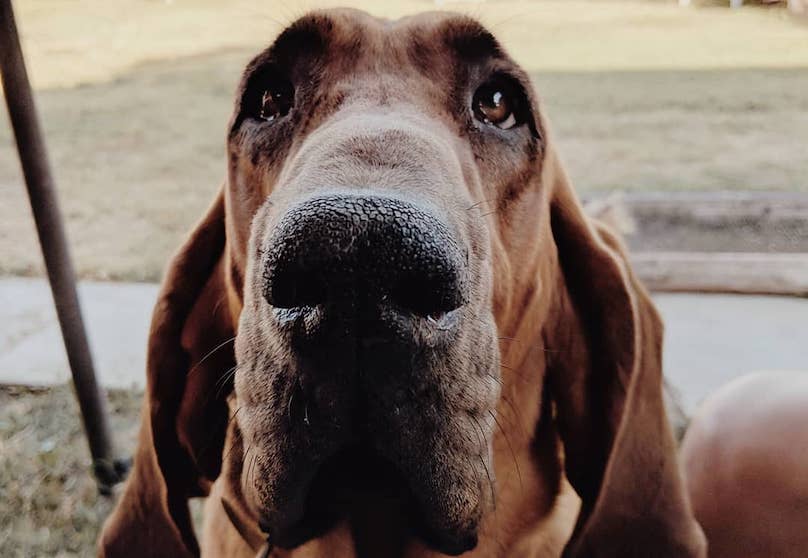

The history of the Bloodhound likely stretches back thousands of years. Yet, the modern version of the breed was thought to originate in France during the 7th century. Bred by monks, these hounds were used for hunting and scent tracking, due to their incredible noses. Bloodhounds were rumored to be a favorite of royalty as well.
Later, by the 16th century, Bloodhounds were used for tracking illegal animal poachers and other criminals. By the 1800s, Bloodhounds were widely popular with law enforcement. Even the infamous fictional detective, Sherlock Holmes, had a bloodhound sidekick of his own. In fact, these dogs are so good at finding fugitives that they’re still often considered to have the best tracking ability of any dog today.
Size
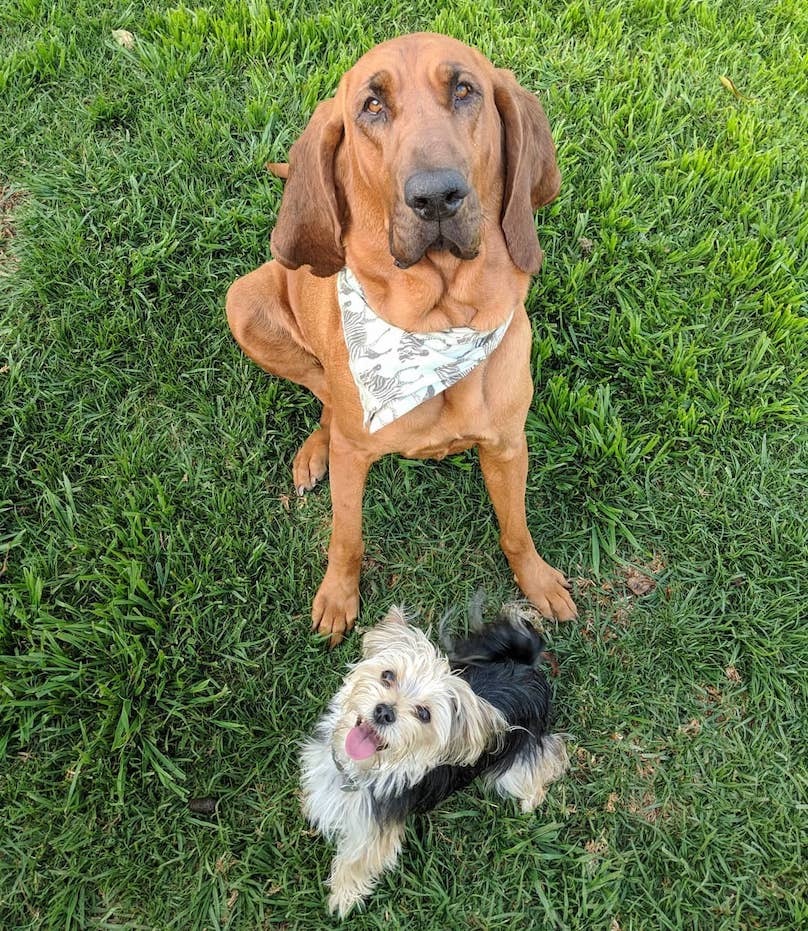

25-27 inches (male), 23-25 inches (female).
Weight Range
90-110 pounds (male), 80-100 pounds (female).
Personality
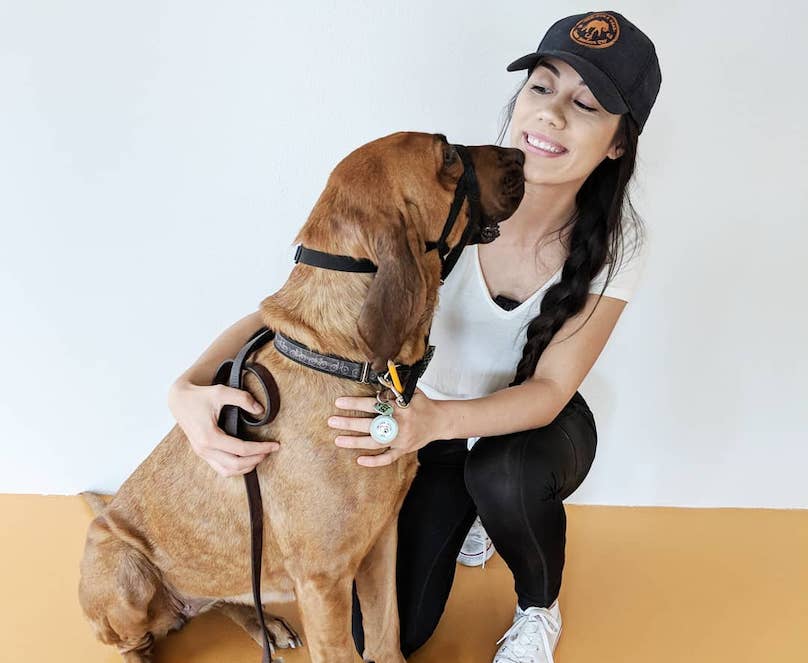

Bloodhounds are known for their relaxed yet inquisitive natures. It’s not uncommon to see a Bloodhound showing total tolerance of the commotion of toddlers, puppies, or even swatting cats. Still, most Bloodhounds will ultimately follow their noses, inspiring a fierce independent streak. Without the right training and exercise, this hound may ignore his human as easily as he ignores a child climbing on his back.
Despite their calm, patient, and sweet natures, Bloodhounds are usually only wonderful companions when trained by experienced dog people. Due to their focus on smell, Bloodhounds can easily follow a scent for miles. Determined to find its source, this means that they may ignore the human yelling “stop!” and running behind them.
Like other hounds, these floppy-eared dogs also enjoy baying, barking, howling, whining, or making other forms of music.
Intelligence / Trainability


Working on obedience training with a Bloodhound can be a bit of a challenge. Their remarkable sense of smell and focus on tracking can make it difficult to get (and keep) their attention. Most humans experienced with this breed recommend harnessing their scent-tracking origins. By using a challenge and reward system of training involving treats, these hounds may feel more motivated to follow a human’s commands.
Most experts recommend working extensively on recall with any Bloodhound. The earlier you can start, the better. Over time, a Bloodhound can be persuaded to leave the trail cold in lieu of treats and love.
Of course, Bloodhounds are used all around the world by law enforcement to track and find forensic evidence or criminals. They’re also used as bomb and drug-sniffing dogs in airports and other locations. Clearly, with an experienced human and lots of patience and practice, this pup can be trained and socialized to be an excellent companion.
Ideal Environment
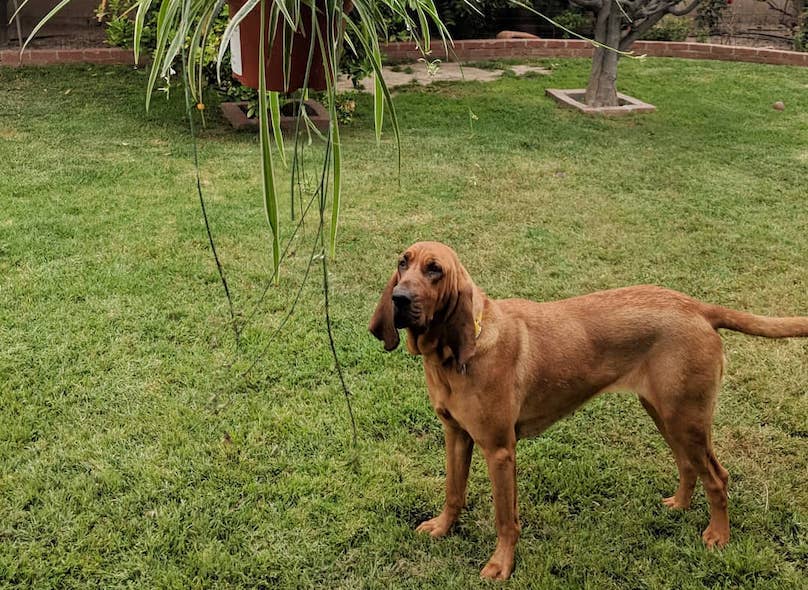

There’s a common misconception about Bloodhounds that they enjoy napping the day away. To be balanced and happy though, this hound needs regular exercise. As they originally spent hours each day tracking prey or people, they’re built to walk at a moderate pace for miles. Therefore, if you live in an apartment, make sure to build at least two long walks into your daily schedule.
Due to their ease in the outdoors and penchant for making noise, Bloodhounds probably do best in suburban or rural areas. That said, a determined Bloodhound will also easily find their way out of a backyard without secure fencing. They’re impressive escape artists and digging fiends.
Good For Families And Kids?
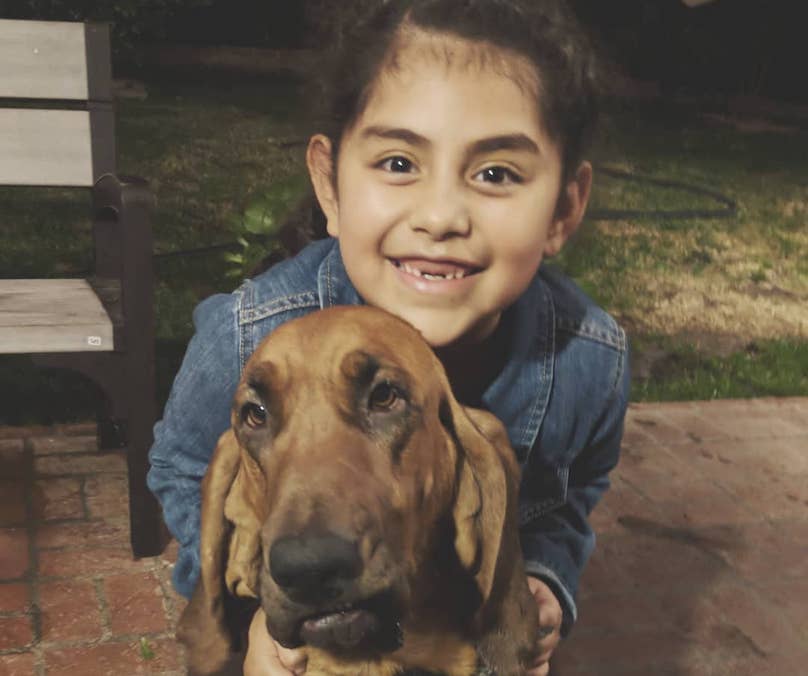

Bloodhounds are known for their reliability around children. Their patient personalities make them a great choice for families with young kids, as long as the parents have enough time to provide exercise. Bloodhounds’ long jowls do allow for lots of drool though. For those who value clean and tidy households, this may not be the pup for you.
Average Lifespan
10-12 years
Health
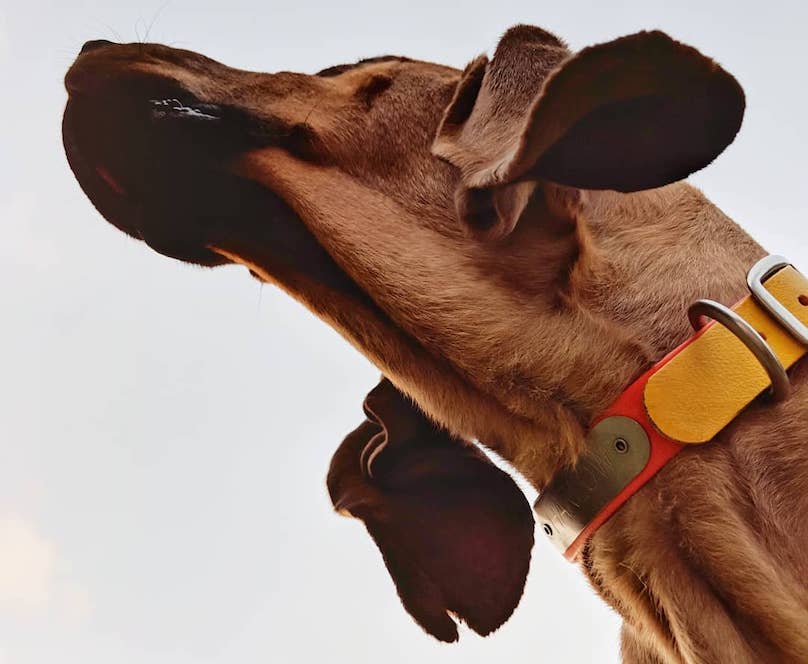

This breed does have some health issues that should be considered. Hip and elbow dysplasia can occur, as can heart problems. Due to their droopy faces, eye problems are also on the rise, including persistent pupillary membranes and cataracts. Bloodhounds can also experience bloat (a.k.a. a twisted stomach). As their nose often leads them into eating all sorts of inedible items, these dogs need to be monitored for symptoms of this life-threatening condition.
Due to their low-hanging ears, Bloodhounds also require a daily ear check and regular ear cleaning. Their wrinkly skin can also cause irritants or moisture to become trapped in the folds. Wiping their skin clean should help prevent any infections.
Energy
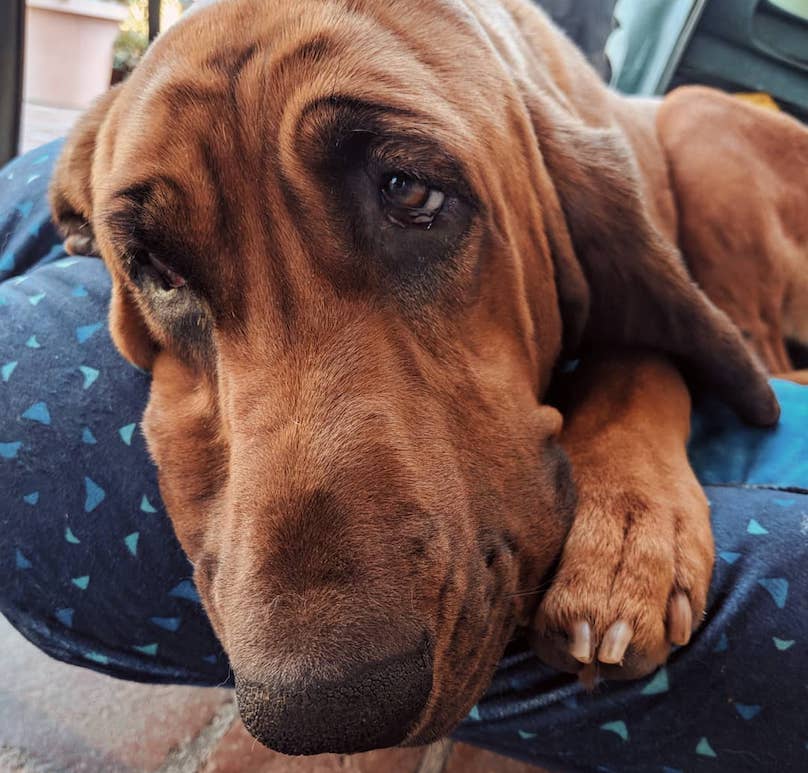

Again, Bloodhounds often have more energy than humans assume they do. This medium-energy hound will start to find other outlets for her intrigue and frustration if not properly exercised each day. While Bloodhounds typically aren’t interested in the game of fetch, they do enjoy a standard twice-daily walk.
Friendly With… (Dogs? Strangers? Cats/Other Pets?)
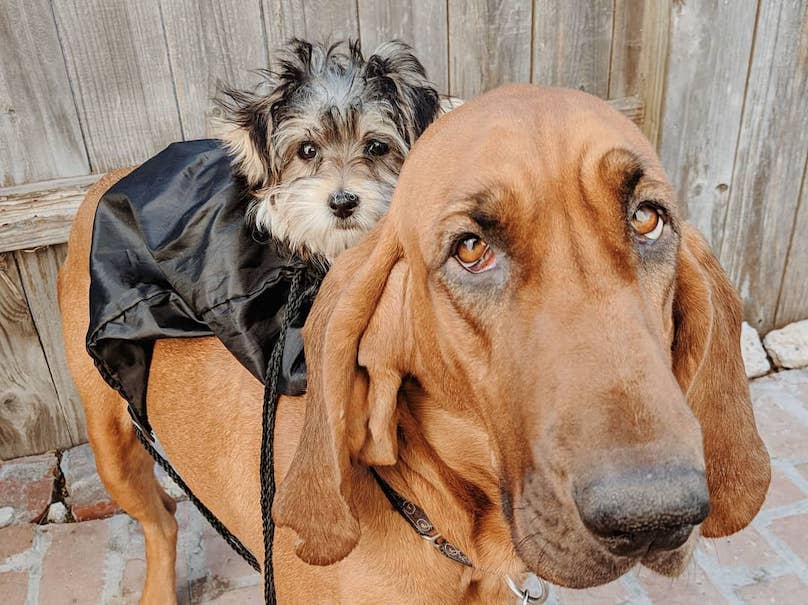

Like all dogs, this breeds’ friendliness with others depends on how well they’ve been socialized. They’re typically nice to strangers and enjoy saying “hello,” although they’ll bay or howl to alert you of their presence.
Bloodhounds are also often naturally friendly with other dogs, sometimes to the point of apathy. (Again, it’s all about the nose.) While some Bloodhounds are notorious for lounging with their feline friends, others have high prey drives that make cats a “no.” Always ensure a safe and controlled introduction between Bloodhound and kitty.
Coat & Grooming
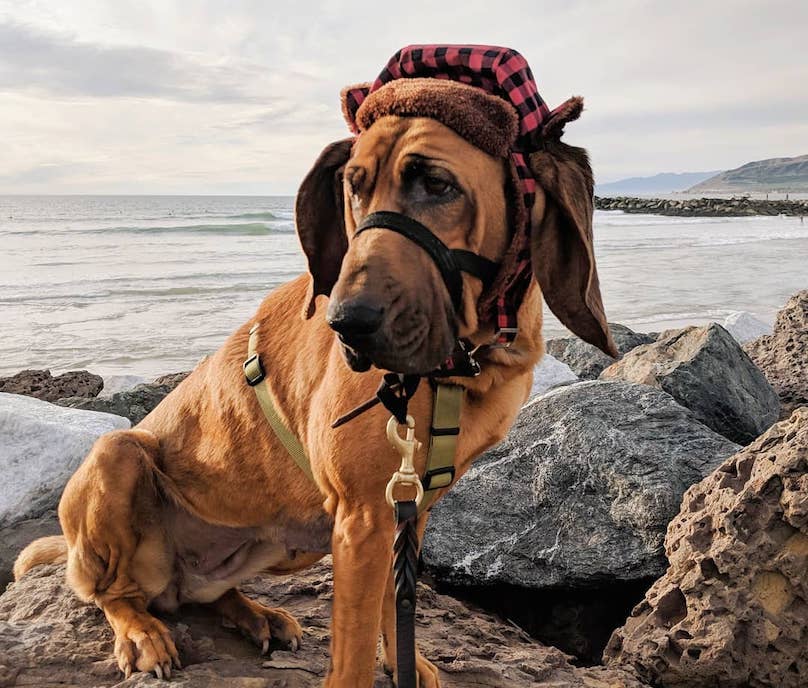

Like many hounds, this breed has a short and dense coat that sheds once or twice a year. It’s recommended that you brush a Bloodhound at least once a week with a grooming mitt or medium-bristle brush. This helps remove dead skin and hair. It also keeps their black and tan coats healthy and shiny.
Keep in mind, if a Bloodhound is allowed to explore the great outdoors, their nose might lead them into all sorts of yucky things. A regular bath may be required to keep your Bloodhound smelling fresh, or at least bearable.
Toys Bloodhounds Would Like Best
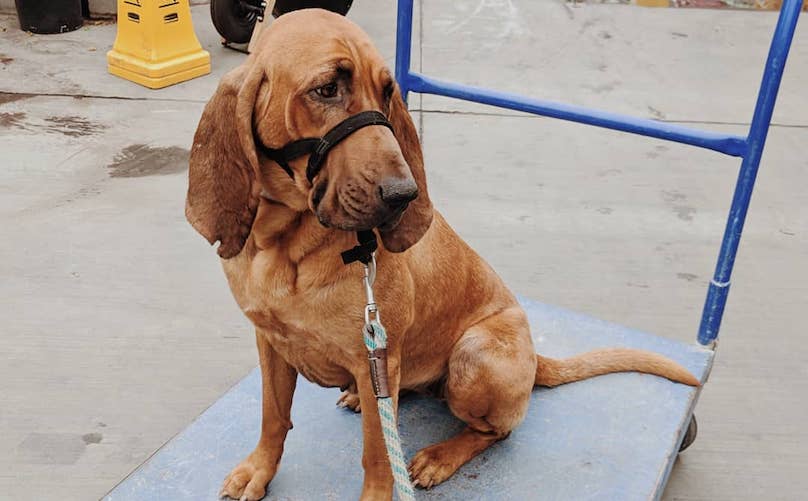

This independent pup is less likely to engage in a game of fetch or tug-of-war than other breeds. Rather, Bloodhounds enjoy toys they can play with on their own. Durable Super Chewer Toys are a great choice, as are interactive Thinker Toys that dispense treats. Bloodhounds can chew and figure out how to get to the good stuff, or the toy can be hidden, creating an extra scent challenge.
For a more extensive list, check out the following: What Are The Best Toys For Dogs Who Get Bored Easily?
Recommended Diet Or Supplements


If you find your Bloodhound is struggling with hip dysplasia or achy joints, you may want to introduce supplements into your pup’s daily routine. As always, consult your vet before doing so.
Fish Oil Skin & Coat Supplement


These delicious, vet-formulated chews are made with all-natural ingredients including Omega 3, 6, 9, and Vitamin E. They are designed to support immune health, provide relief from itchy allergic skin, and promote a healthy coat. ($19.99)
Full-Spectrum Hemp Oil
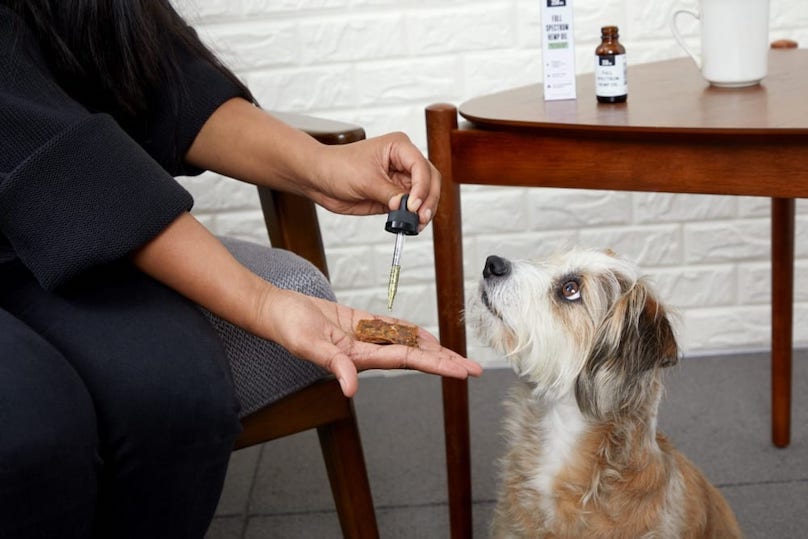

BARK’s Full Spectrum Hemp Oil is made of organically grown whole plants, grown in Colorado, and is non-psychoactive. It comes in 100mg, 250mg, and 500mg varieties, and can help with pet anxiety and pain relief. Shih Tzus are known for hip dysplaysia, which causes joint pain. Full Spectrum Hemp Oil will help ease your pal’s movements and get them up and playing again. ($17.99-22.99.)
Glucosamine Supplement For Hip & Joints


This joint supplement is veterinarian-formulated, made with all natural ingredients (glucosamine, MSM, chondroitin, and hyaluronic acid), and comes in the form of 150 soft chews. Basically, it looks and tastes just like delicious treats, and it could really help your Bloodhound with any hip and joint issues. ($32.99.)
Recommended Products
For older Bloodhounds or dogs suffering with arthritis or hip dysplasia (or just any dog that likes lying down!), a comfortable, supportive dog bed is probably a good idea.
Orthopedic Ultra Plush Memory Foam Dog Bed
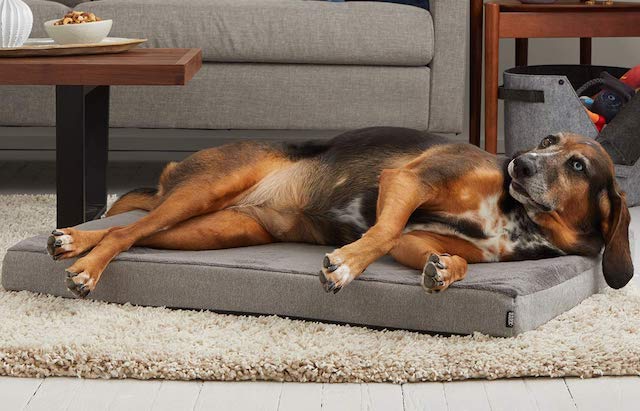

This ultra plush orthopedic dog bed provides support for even the wrinkliest of Bloodhounds! The combination ergonomic memory foam and gel foam relieves pressure points, and helps ease body aches caused by hip dysplasia, arthritis and other orthopedic issues. It offers the best therapeutic support for your Bloodhound. ($27.99-64.99.)
Notable Rescues To Find The Bloodhound Of Your Dreams
- Southeast Bloodhound Rescue is a nonprofit charity that re-homes Bloodhounds across Florida, Georgia, North Carolina, South Carolina, and Tennessee. Don’t feel downtrodden if you’re not in one of these areas though. Due to a lack of Bloodhound rescues, this group is increasingly looking for foster and forever homes in other states across the U.S.
- Adoptable Bloodhounds on Petfinder
Notable Instagram Bloodhounds
Can’t get enough of these droopy-faced hounds? Consider following these Instagram accounts to check out more Bloodhound pics:
@harlowthebloodhound
Harlow is a ridiculously droopy Bloodhound living it up in Southern California with her wee sister Havana. Follow their adventures!
@carlthebloodhound
This account follows the adventures of a sad-faced Bloodhound—Carl—and his doggie friends. Carl is often seen digging in the backyard, riding along in the car, or gnawing on his favorite plush toys.
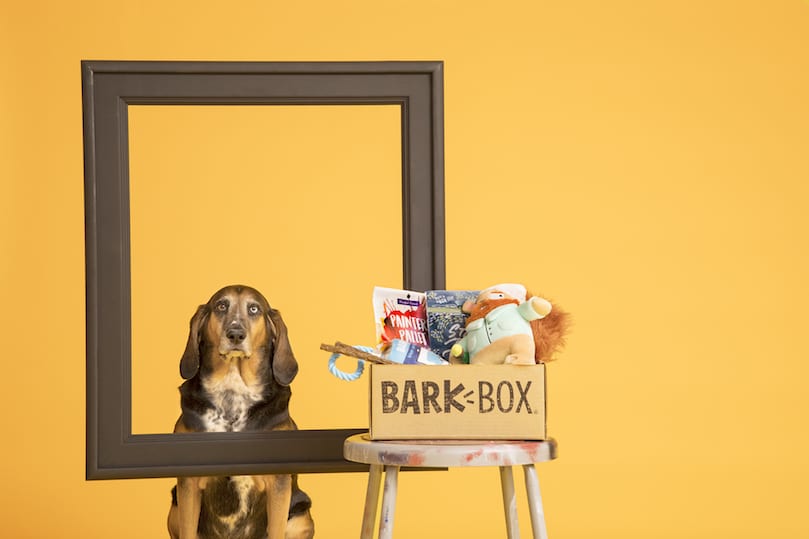

***Looking for a gift to blow your Bloodhound’s mind? Spoil them with a BarkBox! Every month BarkBox delivers 2 original toys, designed in-house, 2 full bags of all-natural treats, and a chew. Sign up here and receive a free extra toy every month. <– This deal is worth up to $120 in value if you sign up for a 12-month subscription! 🙂
Featured image via HarlowTheBloodhound/Instagram
Want More Helpful Breed Guides Like This?
What Are The Best Toys For Dogs Who Get Bored Easily?
Dachshund Breed Information Guide
Black and Tan Coonhound Breed Information Guide
Jack Russell Terrier Breed Information Guide


